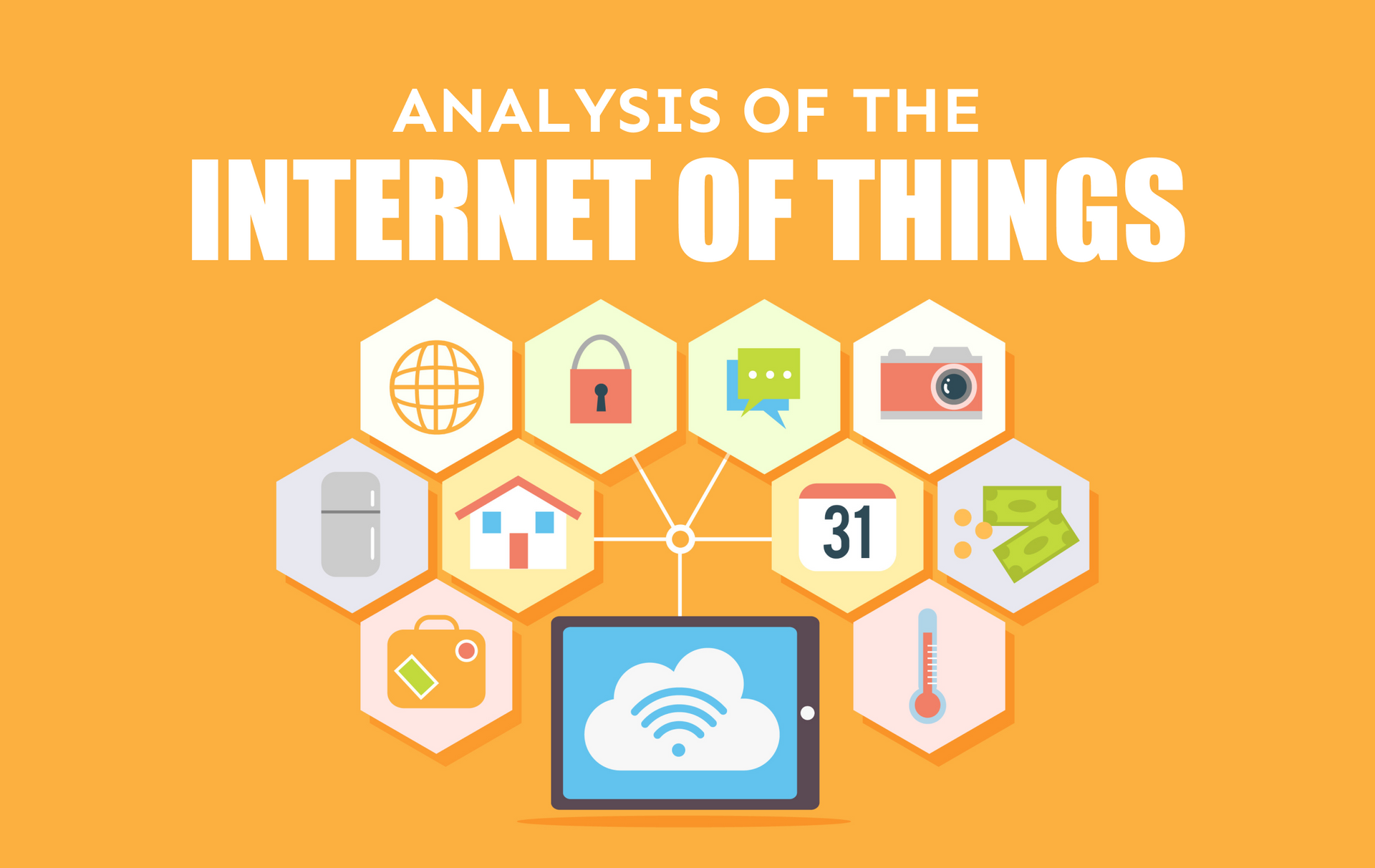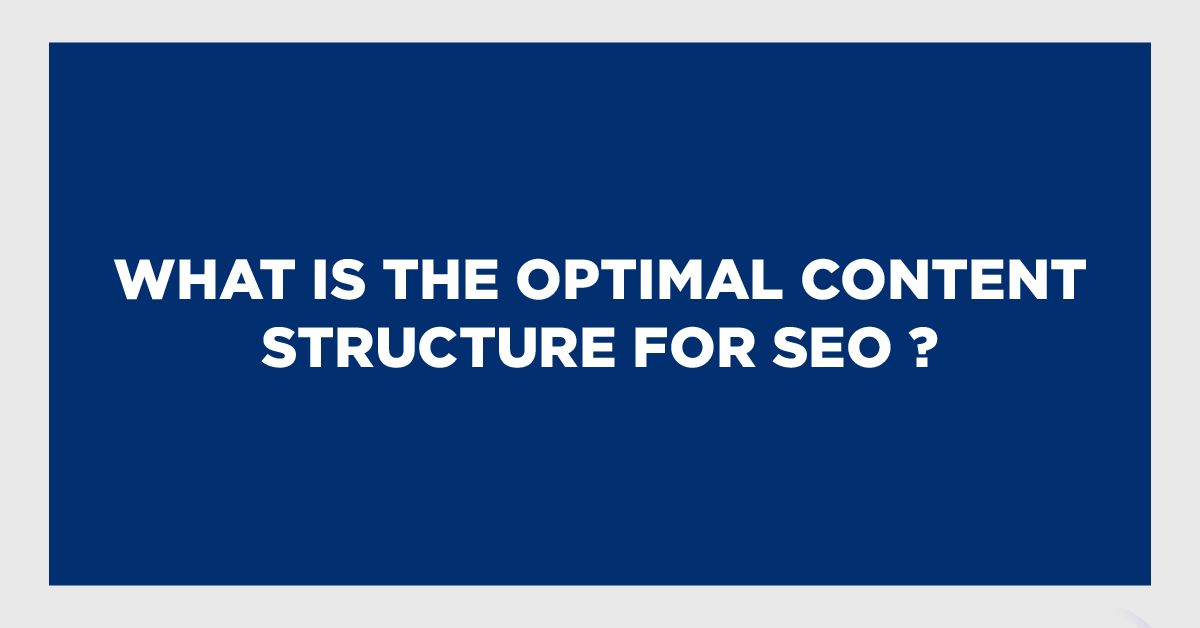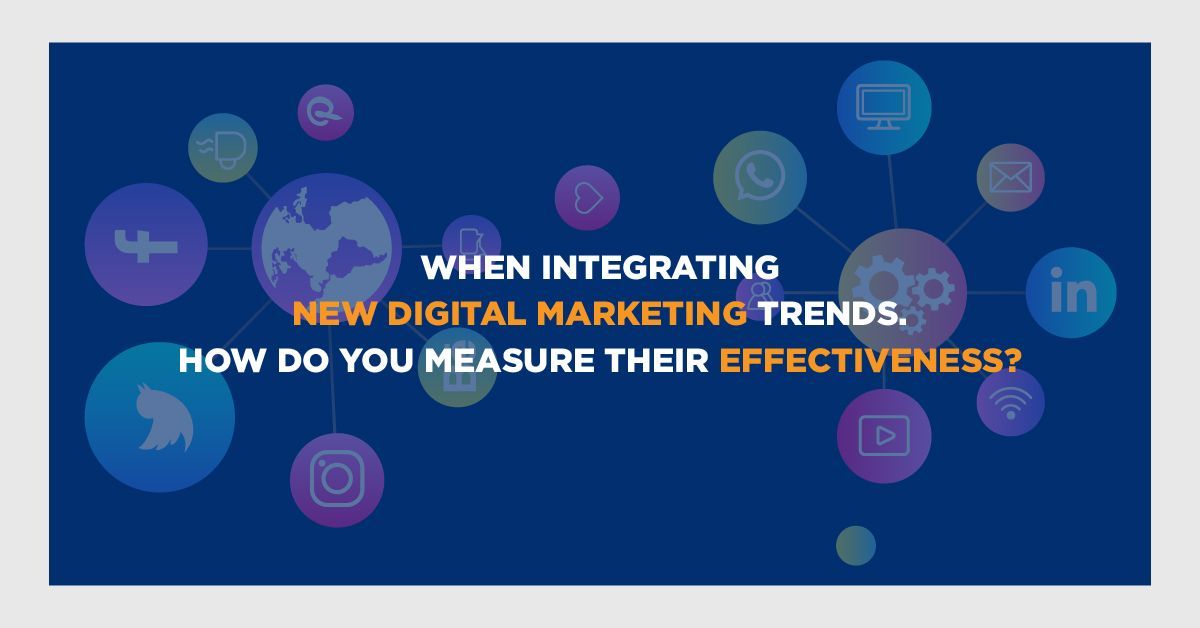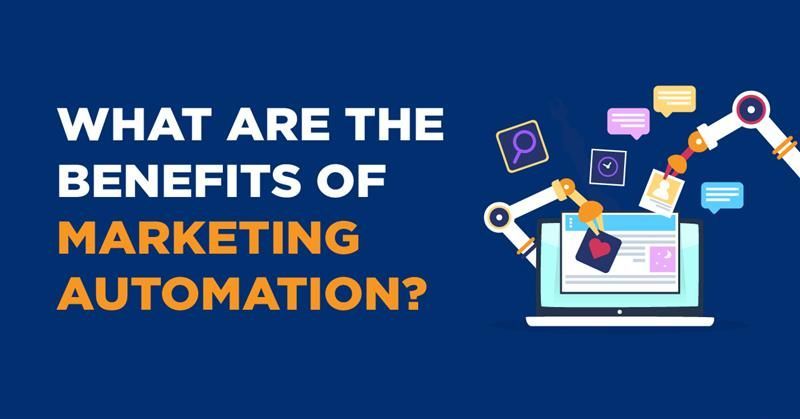AN ANALYSIS OF IMPORTANT ELEMENTS OF THE INTERNET OF THINGS (IOT)
April 10, 2023

AN ANALYSIS OF IMPORTANT ELEMENTS OF THE INTERNET OF THINGS (IOT)
The Internet of Things (IoT) is one of the most significant technologies that, as a result of the automation of all mundane jobs, has significantly altered human life in today's interconnected world. Including driverless vehicles, smart wearables, smart homes, and many more. The world has been completely swept up by this technology. With intelligently driven automation tools and software, Internet of Things technology has altered how technology is seen. As the name implies, it involves the internet connecting various objects. Here, these networked gadgets link various home equipment including solar panels, Cameras, laptops, security software, or any sensor-equipped automotive component that can gather and transmit data over a network. Without further ado, let's explore the specifics of developing custom IoT software.
1. Definition of the Internet of Things (IoT)?
The "Internet of Things" is a network of connected items, machines, people, and animals that can communicate information and gather data through a network without human participation. By connecting these many things and incorporating sensors, digital intelligence is added, allowing them to share real-time data and develop into intelligent objects.
2. Evolution IOT
While employed by Procter and Gamble in 1999, MIT professor Kevin Ashton developed the concept of connected gadgets. Since then, the idea of IoT has piqued the interest of all technology enthusiasts for a considerable amount of time, leading to the development of numerous inventions in this area.
The notion to transform RFID (Radio-frequency identification), a wireless tracking device that transfers data via radiofrequency waves, into a networking technology, however, is the most significant of all ideas.
Together with this, there are some of the current technologies that have enabled the implementation of the IOT concept. They are listed below:
- Low-cost, low-power sensors: It was simple for manufacturers to deploy IoT technology because there were low-cost, low-power sensors available.
- Network Protocols: A variety of network protocols are available that let sensors be connected to the cloud and other devices for data sharing.
- Cloud computing: In the current environment, a variety of cloud computing platforms are available, including Amazon AWS, Microsoft Azure, Google Cloud, and others. These platforms allow both individuals and organizations to access the infrastructure as needed without the need for additional management.
- Machine Learning: A programming language with numerous algorithms is used to extract, analyze, and then forecast future trends based on developed data. The limits of IoT have been stretched by this new technology.
- Artificial intelligence (AI): Developments in neural networks have given IoT devices access to digital intelligence. For instance, mobile digital personal assistants like Siri, Alexa, etc.
3. IoT's functionality
Every connected device in the IoT network has a distinct IP address. These could be as simple as a biochip transponder (consider cattle) or as complex as an automobile fitted with sensors that warn the driver of several potential problems like low gasoline, low Tyre pressure, required maintenance, and more. There are IoT-connected personal devices, such as smartwatches, that track your daily steps and heart rate and alert you when they rise above a certain threshold.
Let's examine how the Internet of Things works, which can be done in the following three steps:
- IoT devices gather all of their data and transmit it to the cloud or data centers over the internet for processing.
- Analyzing information from a single location.
- The instructions are provided to the connected devices based on that analysis.
The time it takes to transmit data, process it, analyze it, and then start over can be a long-consuming procedure. Edge computing, which intelligently accumulates data, analyses it and feeds it back to the starting point in such urgent situations, is thus introduced. They shorten turnaround times by transmitting data to the nearby remote data center, which speeds up the procedure and saves time. Edge computing improves the process overall by enabling faster connectivity, better alternatives for data transport, and additional processing and storage. Now that we have a better understanding of IoT as a technology, let's look at the application case.
4. The IoT's More Negative Side
The main worry with linked IoT devices is security. In many cases, sensors on devices capture extremely sensitive data that is vulnerable to hacking because of inadequate security mechanisms in IoT technology.
Due to a lack of security, researchers have found that over 100,000 webcams are susceptible to hacking. A few connected children's products, such as smartwatches, are susceptible to hacking concerns. Hackers may easily listen in on conversations, locate people, and communicate with them. Businesses cannot afford to include IoT into their current business strategy due to the huge risks involved. Also, if IOT usage increases, there is a greater chance of being hacked and concerns about information security. As a result, the IoT will become the most widely utilized technology across all industries when properly secured.
Conclusion
The idea of keeping connected has changed in the linked world of today, where devices are more connected than people. We have observed how the Internet of Things (IoT) has revolutionized corporate operations. The majority of organizations now feel more connected and optimized because to the arrival of IoT. Notwithstanding challenges with costs, connectivity, acceptance, and security, the ultimate result appears more promising than previously. By accepting the shortcomings of security and privacy trade-offs, the working environment will become more automated as the number of connected devices increases.










